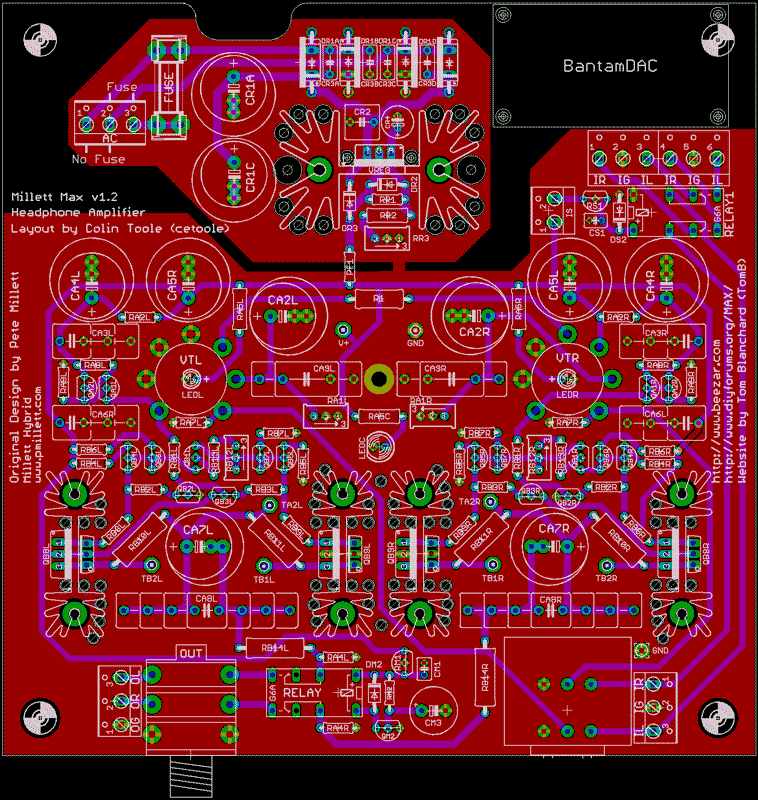Quote:
Originally Posted by nocturnalsheet /img/forum/go_quote.gif
anybody did any review/comparisons on the sound differences between say different brands of the same tube(12ae6a,12fm6, 12fk6)?
cant seem to find any info. gotten a millet, thinking of reading up on tubes before i take the plunge.
thanks for the help
regards.
|
I've sort of given up trying to assign sound qualities per brand.
First of all, the brands were freely mixed from one mfr to another. Even so, I've found great sounding tubes from each of the manufacturers - Tung Sol, GE, RCA, and Sylvania. What distinguishes one from the other is the level of clear highs that are available.
Sylvania generally built the best structure in the tubes - all of them have a channel going across the plates at the top mica spacer. None of the other mfrs used that construction. At the same time, that doesn't necessarily guarantee the best sound.
Generally speaking (very generally) ... and this is per MFR, not painted-on "brand":
RCA - very good overall neutral sound, sort of clear, but slightly soft highs - similar to the BUF634 sound of a PIMETA, if you've heard that. They are very forgiving for almost any recording.
GE - lots of prat, great bass impact and powerful punch, great mids, not as good in the highs as an overall average compared to the others.
Tung Sol - very similar to the RCA's, very neutral, but with "sweeter" extended highs, compared to the RCA's soft highs.
Sylvania - similar to the others - if you find a good one, the highs are very revealing, which can be good or bad, depending on the recording.
All that said, there is much more difference in the sound from type to type: 12AE6 compared to 12FM6 and 12FK6. The 12AE6 has the most impact and is the most dynamic. I would recommend them for high impedance phones in every case.
12FK6 has the best highs and detail, but impact can be lacking except on low impedance phones.
12FM6 is in the middle of the other two.
Despite all of this, you'd be better off deciding on which tube type and making sure you have a decent match in construction and output. As noted, the brand name means nothing.
Hope that helps ...


























.gif)




